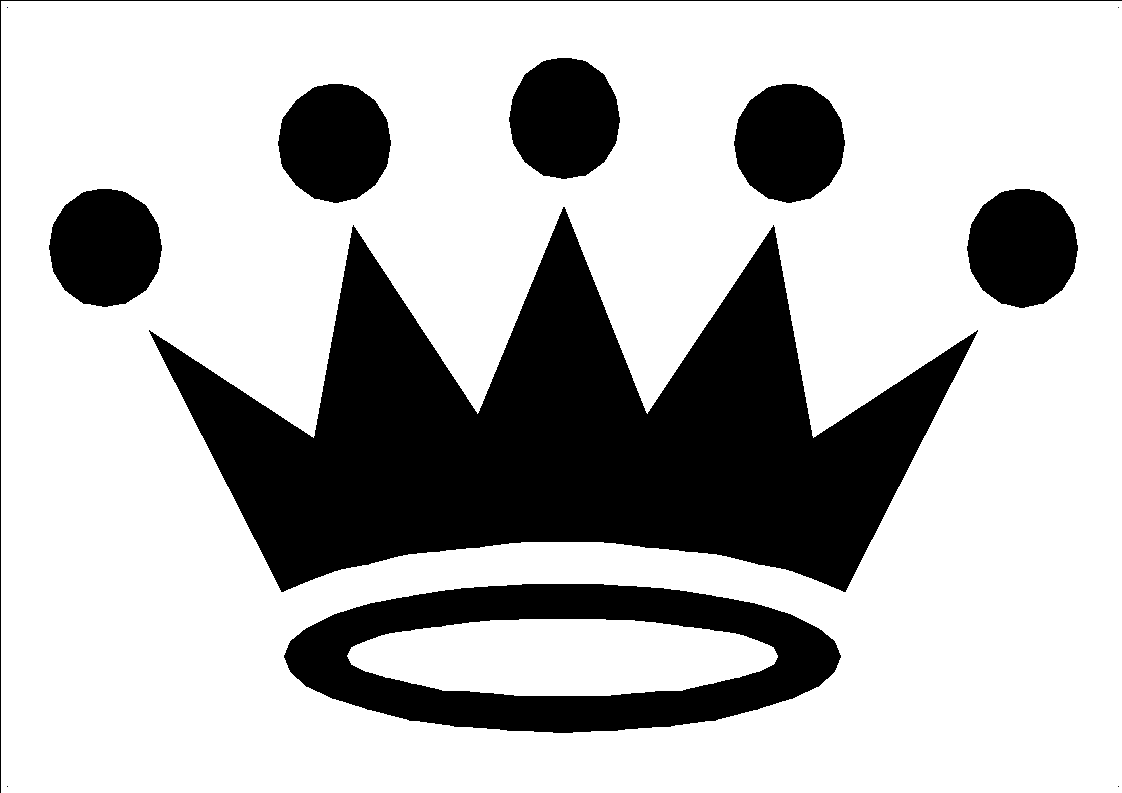EPISTEME-INFLUENCED BDPF PROJECT
Project Launch:
• Identity a "BDPF" (Best Design Project Forever) that you long to work on.
– Write a short paragraph explaining the project.
• Choose an historic/practicing designer that you would like to associate with the project.
– Create a simple poster identifying them, their location, their work, clientele, and design approach.
Due on blog, Tuesday, March 4th.
Possible Designers to Choose From:
Graphic Icons
Lucien Bernhard
Hans Rudi Erdt
Ludwig Hohlwein
FFlippo Tommaso Marienetti
Edward McKnight Kauffer
El Lissitzky
Alexander Rodchecko
Stenberg Brothers
Theo Van Doesburg
Herbert Bayer
A.M. Cassandre
William Addison Dwiggins
Jan Tschichold
Lester Beall
Alexey Brodovitch
Alex Steinweiss
Herbert Matter
Ladislav Sutnar
Alvin Lustig
Cipe Pineles
Bradbury Thompson
Erik Nitsche
Josef Muller-Brochmann
Paul Rand
Saul Bass
Georg Olden
Will Burtin
Ivan Chermayeff & To Geismar
Yusaku Kamekura
Herb Lubalin
Seymour Chwast
Milton Glaser
George Lois
Wim Crouvwel
Walter Landor
Otl Aicher
Mchael VAnderbyl
Peter Saville
April Grieman
Rudy Vanderlans & Zuzana Licko
Edward Fella
Muriel Cooper
Steven Heller
Stephen Doyle
Paula Scher
Michael Bierut
John Maeda
Stefan Sagmeister
Design Firms Open For Business
Adams Morioka
Ande+Partners
Anzelevich
Base Art Co.
Circle
Design is Play
Design Center Ltd.
Felix Sockwell
Dondina Associati
Design: L'Orange
Igarashi Studio
Melchoir Imboden
James Victore
El Jefe Design
JJ Sedelmaier Productions
Joel Katz Design
Karlssonwiler
Keith Godar
Kind Company
Landers Miller Design
LSDspace/Un Mundo Feliz
MasonBAronet
MGMT Design
Piertro Corraini
Plural
RED
Sawdust
344 Design
Studio Lauchke Siebein
Tarek Atrissi Design
TheSumOf
Vertigo Design
Collins:
Estudio Manuel Estrada
Hyperakt
Morla Design
Project Projects
Angelini Design
Art+Com
Carbone Smolan Agency
Cobliss HMBE
Funny Garbage
Mucca Design
Graphic Design for the 21st Century
Aboud Sodano
Perter Anderson
Philippe Apeloig
Jonathan Barnbrook
Ruedi Baur
Büro Destruct
büro für form
Francois Chalet
Warren Corbitt
DED Associates
Dextro
Farrow Design
David Foldvari
Form
Tina Frank
Fernando Gutierrez
Fons M. Hickmann
Hi-ReSI
Angus Hyland
Hideki Inaba
Inkahoots
Intro
KesselsKramer
KM7 Christian Kusters
M.A.D.
Me Company
M/M (Paris)
Mutabor
Martijn Oostra
Matt Owens
Mirco Pasqualini
Research Studios (Neville Brody)
Piere di Sciullo
Suburbia
Sweden Graphics
Andrea Tinnes
Tyccon Graphics
Gunnar Thor Vilhjalmsson
Why Not Associates
Into the Nature
Adam Hayes, www.mrahayes.co.uk
Brendan Monroe, www.brendanmonroe.com
Carolina Melis, www.carolinamelis.com
Christian Montenegro, christianmontenegro.com.ar
Hanna Werning, www.byhanna.com
John Leigh, www.cargocollective.com/karborn/
Kenn Munk, www.kennmunk.com
Kristian Olson, www.kristianolson.com
Rinzen, www.rinzen.com
Studio Output, www.studio-output.com
Sounds of Silence, www.soundsofsilence.de
Sweden Graphics, www.idnworld.com/creators/?id=SwedenGraphics
Thomas Andritschke, www.labooo.de
Via Via Lennard Schuurmans, www.v-i-a-v-i-a.nl
Others
You Decide…









































